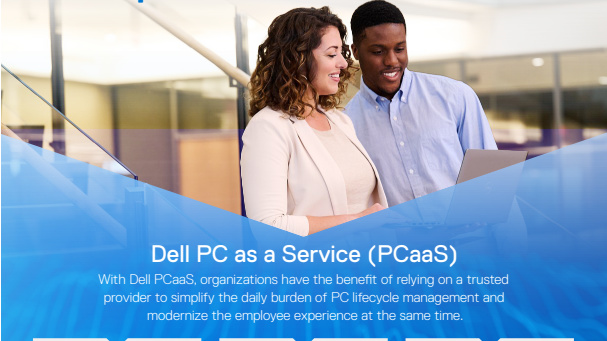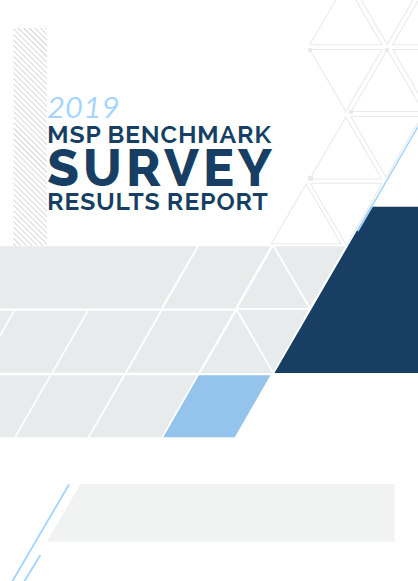How MSPs can navigate multi-cloud mayhem
With cloud decision-making processes changing, the challenges for MSPs are becoming more complex

Businesses, especially SMBs, are becoming increasingly reliant on the recommendations and expertise of Managed Service Providers (MSPs) when it comes to embracing cloud technology. While MSPs have a bigger influence on the selection process, the ultimate purchasing decision still lies with business owners, whose motivations often don’t reflect MSPs’ efforts to build a streamlined setup.
Firms are motivated by the need to attain greater business outcomes, and fast, as well as see cloud return on investment (ROI) in terms of better staff efficiency and productivity. These pressures often drive companies to use a variety of cloud providers. In fact, the majority of businesses use several cloud environments at once despite the notion that operating in multiple clouds can cause many infrastructure-related headaches.
As a result, the role of MSPs has become even more challenging. In the early days, multi-cloud adoption was driven by the uncertainties of cloud reliability as businesses understandably wanted to prevent data loss or downtime. The concerns have since evolved, and multi-cloud environments have become driven by the business need for various features offered by different providers, as well as the geographic location of offices relative to the cloud providers.
From an MSP’s perspective, this adds another layer of complexity to cloud migration and management. Not only do they need to ensure they work as an extension of their customers’ teams to define and carry out a clear strategy of moving to the cloud, but they now also need to optimise the network architecture and keep a close eye on the total cost of ownership.
MSPs have to gain a deep knowledge of the different cloud providers and models to evaluate the environments in the context of their customers’ specific business goals. The key challenge in managing these environments is minimising cloud adoption for the sake of it. Using multiple providers often means that there is an overlap when it comes to offerings, duplicating tasks and the time needed to manage multiple providers.
To utilise the full capabilities of a multi-cloud environment, MSPs must put in place tools to enable an easy and effective movement of workloads across the many clouds. As the services and software evolve, MSPs will need to keep one step ahead where possible. This will involve learning new skills and ensuring that existing processes and workflows still apply to their customers’ new working environments.
Management and integration will likely continue to be one of the toughest issues with multi-cloud environments, meaning MSPs mustn’t take their eye off the ball. They need to work with end-users and customers to continuously review and assess the current state of play.
Stay up to date with the latest Channel industry news and analysis with our twice-weekly newsletter
Helping customers leverage multi-cloud architecture will involve a great deal of education on what a multi-cloud is, for instance, what it does, and how it will impact their current IT infrastructure. In this sense, it can be all too easy to forget about the network that keeps the business ship afloat.
While businesses shift their attention to creating greater efficiencies, boosting productivity and driving revenue, MSPs must ensure their customers also look at the key components of their IT infrastructure. This is where the network is so important and can also reap the benefits of the cloud. By embracing a cloud-based network, MSPs can work closely with businesses to centralise access management and assess weaknesses within the network in real-time to mitigate network vulnerabilities and ensure zero downtime.
Kevin Drinkall is wireless and cloud market development manager for EMEA at Zyxel
-
 Gender diversity improvements could be the key to tackling the UK's AI skills shortage
Gender diversity improvements could be the key to tackling the UK's AI skills shortageNews Encouraging more women to pursue tech careers could plug huge gaps in the AI workforce
-
 Researchers claim Salt Typhoon masterminds learned their trade at Cisco Network Academy
Researchers claim Salt Typhoon masterminds learned their trade at Cisco Network AcademyNews The Salt Typhoon hacker group has targeted telecoms operators and US National Guard networks in recent years
-
 Modern IT experiences with predictable costs
Modern IT experiences with predictable costswhitepaper Simplify the daily burden of PC lifecycle management and modernize the employee experience at the same time
-
 Unified consoles create a seamless multi-cloud management experience
Unified consoles create a seamless multi-cloud management experienceWhitepaper Supporting a more flexible, scalable approach to cloud management
-
 Energy as a service market poised to reach $147 billion by 2029
Energy as a service market poised to reach $147 billion by 2029News North America is anticipated to lead the market during the forecast period
-
 Achieving resiliency with Everything-as-a-Service (XAAS)
Achieving resiliency with Everything-as-a-Service (XAAS)Whitepaper Transforming the enterprise IT landscape
-
 IBM acquires Taos Mountain as cloud spending spree continues
IBM acquires Taos Mountain as cloud spending spree continuesNews The MSP has guided clients such as Netflix in their migrations from on-premise to cloud infrastructure
-
 2019 MSP benchmark survey results report
2019 MSP benchmark survey results reportWhitepapers Discover how the MSP marketplace is evolving